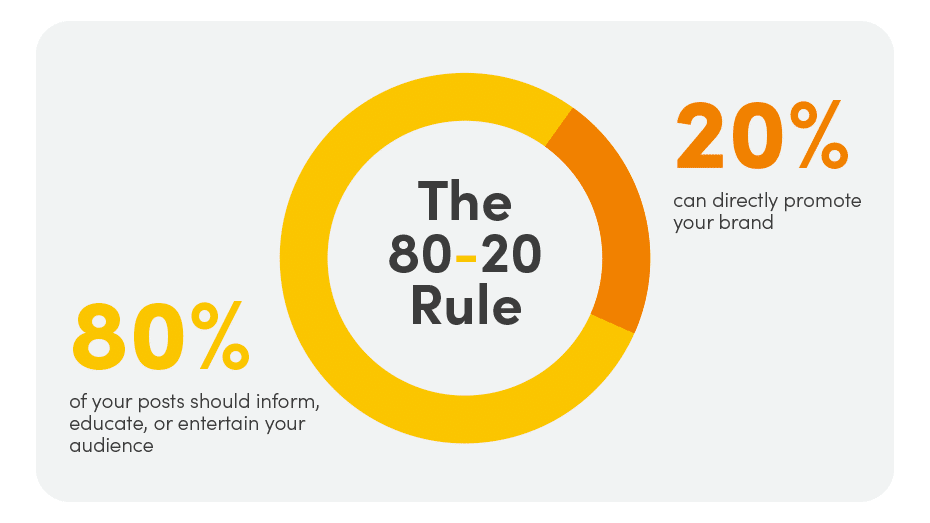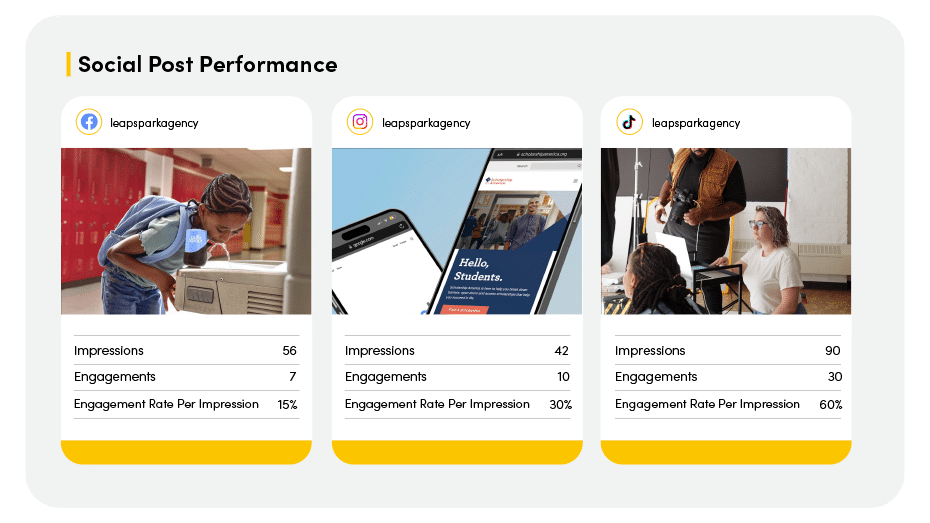Thoughtfully curated, relevant social media posts are anything but effortless, and anyone who has worked behind the scenes to create, edit, proof, and schedule these content pieces knows the grueling effort it takes. So how can brands, especially those that are working so hard to scale product lines and grow audience reach, find the time to develop and post effective content? With a magical organizational tool known as a social media content calendar.
A social media content calendar saves marketers time, energy, and headaches over social media posts long before its time to hit “publish.” By frontloading your work and scheduling your content tasks according to priority and flow, your brand can streamline its social media process and snap up all the benefits that social media platforms have to offer.
/*! elementor – v3.18.0 – 06-12-2023 */
.elementor-heading-title{padding:0;margin:0;line-height:1}.elementor-widget-heading .elementor-heading-title[class*=elementor-size-]>a{color:inherit;font-size:inherit;line-height:inherit}.elementor-widget-heading .elementor-heading-title.elementor-size-small{font-size:15px}.elementor-widget-heading .elementor-heading-title.elementor-size-medium{font-size:19px}.elementor-widget-heading .elementor-heading-title.elementor-size-large{font-size:29px}.elementor-widget-heading .elementor-heading-title.elementor-size-xl{font-size:39px}.elementor-widget-heading .elementor-heading-title.elementor-size-xxl{font-size:59px}
How will a social media calendar help my brand?
Have you ever forgotten a word mid-sentence and completely stopped the conversation just trying to search your brain for the missing piece? Trying to create daily social media content without a plan feels just as frustrating – but a public brand that needs to display consistent, audience-targeted messaging can’t afford to lose marketing days to a severe case of writer’s block.
To keep your creative juices flowing and make sure your content stays on-brand and online, create a social media calendar and save yourself the daily task and time of coming up with engaging content on the fly. A well-planned social media calendar not only ensures that your brand messaging stays keyed into its demographic and values, but it also gives you the flexibility to plan, leverage data analytics and insights in new ways, and create even more effective marketing campaigns in the future.
How do I create a social media calendar?
With all the other creative projects on your plate, it can feel daunting to create a social media calendar. The great news is that you have options, and you can choose the method that suits your time and resources best. Here are a few recommendations from the experts at (spark) to help you jump into building a stellar calendar that will serve your brand well throughout 2024 and beyond.
- Leverage templates.
Why reinvent the wheel when a great foundation already exists? Social media specialists have created a myriad of online resources that take the guesswork out of social media planning. You can access helpful content calendar frameworks through social media mavens like Hootsuite, HubSpot, or Asana. Each of these social media management powerhouses offer free templates that correlate with big-name social platforms like Instagram, Twitter, LinkedIn, Facebook, and TikTok.
The templates provide monthly and weekly space for you to plan and schedule blog posts, promotions, campaigns, and online or in-person events. You can even schedule evergreen content that will always perform well, no matter the time of year. Customize the templates to make them your own and watch your stress levels lower.
- Draw inspiration from your existing content.
You created and published your existing content for good reason, and much of it likely performed well or highlighted a new path to explore. Look through your social accounts and take note of the social posts that worked and those that didn’t. Let these metrics inform your next steps.
Performing social media audits is critical to maintaining a healthy social presence, but this process can also provide direction for your social media calendar planning. Take note of underserved audiences, underwhelming results, and opportunities for improvement and then use those areas as springboards to plan and create new content.
- Set long- and short-germ goals.
Just like any successful marketing campaign, the best social media calendars begin with a clear definition of the short- and long-term goals your brand wants to achieve. Consider the needs and objectives of your company for the quarter, six months, and year of time and ask: Do you want to gain followers? Improve engagement? Increase product visibility?
While your content calendar does not always need to follow a linear layout of create-edit-proof-publish, planning daily and weekly tasks with your brand goals in mind is the best way to ensure your content stays on-target and delivers the results you need.
- Remember that calendars can be flexible.
Building a social media calendar doesn’t lock you in to an unmovable plan. Remember that the most effective calendars are open to change. Projects can be shuffled and rearranged to make space for exciting new trends, global developments, and innovative ideas from your internal team.
- The 80-20 Rule exists for a reason.
Deciding what type of content to post is equally as important as scheduling its creation and publication. Using the 80-20 Rule to help you create a solid mix of marketing messages is a great way to make use of your social media calendar.

- Be proactive and thorough.
Social media content calendars are meant to frontload the more tedious aspects of content creation so that the remainder of the process feels like a breeze. Instead of procrastinating or simply jotting a few underdeveloped ideas onto a monthly calendar template and calling it a day, be sure to include details for each post that include:
- The intended platform and format
- The anticipated upload date and time
- An outline of any copy to be included
- Any accompanying graphics needed
- Links to any assets, including tracking information
- Paid or organic search budget details and target metrics
- Approval status
- Feedback is essential.
Your entire staff and stakeholders will be working from this calendar, so share your ideas and process with your team members. Fresh eyes can give a whole new perspective, and you might find the most valuable insights come from your own team’s ongoing feedback. Your first month using your new social media calendar might feel like a game of content creation trial-and-error but asking for improvement suggestions will help you get your calendar on track as quickly as possible. That way, it can work for you like the social tool it’s meant to be.
(spark) is here to help you get started.
If you need help planning, creating, or managing your brand’s social media content, (spark) can help. We are a full-service production agency that has the agility and collaboration to build a highly functional social media calendar for your brand that helps you reach your goals of increased brand awareness and conversions. Visit our website to learn more about how (spark) can help you maintain a well-organized and engaging social media content calendar, or contact us for a consultation.

